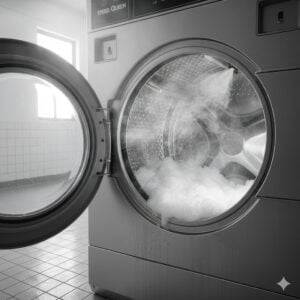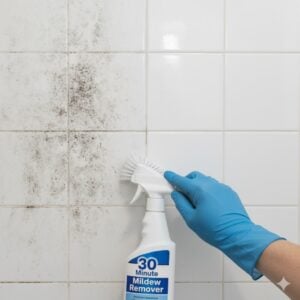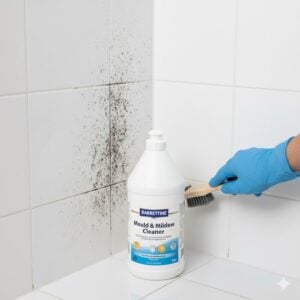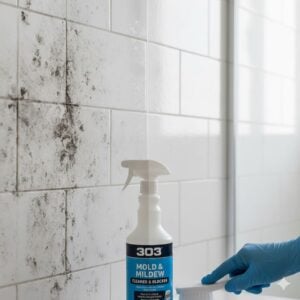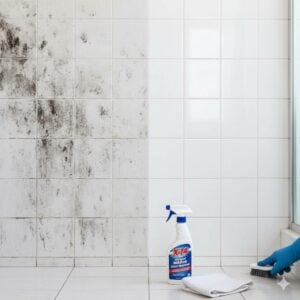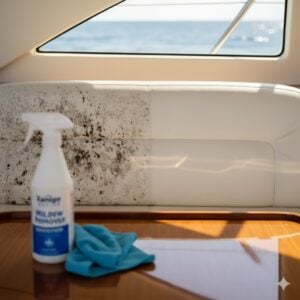Living in a humid climate like the UAE often means fighting against stubborn mildew on your walls. These unsightly gray or black patches may look harmless at first, but they can quickly spread, damage paint, and even cause health issues if not treated properly.
We’ve seen many homes in Dubai, Sharjah, and Abu Dhabi struggle with mildew problems—especially in bathrooms, behind furniture, or in corners where ventilation is poor. In this article, we break down what causes mildew on walls, how to treat it effectively, and how you can prevent it from returning for good.
Table of Contents
Toggle1. What Is Mildew and Why Does It Appear on Walls?
Mildew is a type of surface fungus, usually gray, white, or light black in color. It thrives in damp, poorly ventilated areas and often grows on walls, ceilings, or even fabric surfaces. Unlike black mold, which can dig deep into surfaces, mildew usually stays on the surface—making it easier to clean but still worth addressing seriously.
Common causes of mildew on walls in the UAE include:
- High indoor humidity: AC systems, steam from showers, or laundry areas can trap moisture inside.
- Poor ventilation: Rooms without exhaust fans or windows are more prone to mildew.
- Water leaks: Even small drips behind a wall or sink can create perfect conditions for mildew growth.
- Condensation: Cool walls meeting warm indoor air can cause invisible moisture buildup.
While mildew may seem like just a cosmetic issue, it can trigger allergies, worsen asthma, and leave unpleasant odors if not handled quickly.
2. How to Identify Mildew on Walls vs. Mold
Not all dark spots on walls are the same. You should know whether you’re dealing with mildew or something more serious like toxic mold.
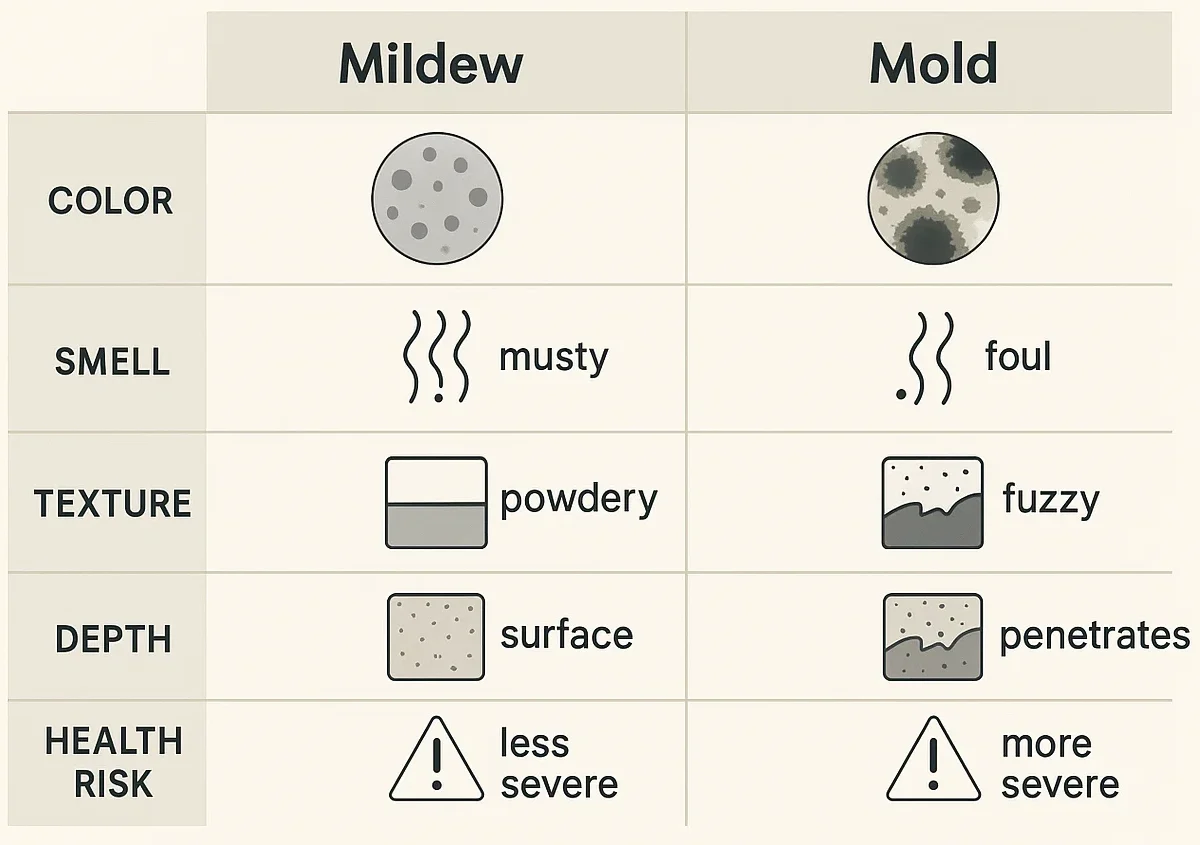
Here’s how to tell the difference:
| Feature | Mildew | Mold |
|---|---|---|
| Color | Gray, white, light black | Dark green, black, brown |
| Texture | Powdery, flat | Fuzzy or slimy |
| Smell | Musty but mild | Strong, pungent odor |
| Spread | Stays on the surface | Can dig into walls and wood |
| Health Risk | Mild respiratory irritation | Higher risk, especially black mold |
If you’re unsure, it’s better to consult a professional before scrubbing anything. Some mold spores release toxins when disturbed.
3. How to Safely Remove Mildew from Walls
Once you’ve identified mildew, act fast to remove it before it spreads. Here’s what we recommend for small areas:
- Wear gloves and a mask to protect yourself from spores.
- Mix a solution of 1 part vinegar and 3 parts water in a spray bottle.
- Spray directly onto the affected wall and let sit for 15–20 minutes.
- Scrub gently with a sponge or soft-bristle brush.
- Wipe clean with a damp cloth and allow the area to dry completely.
Never paint over mildew—it will bleed through and cause the problem to return. And if the mildew is large or persistent, it’s smarter to let experts like Bio-On handle it with professional tools and antimicrobial treatments.
4. How to Prevent Mildew on Walls in the UAE
Prevention is always easier and cheaper than remediation. After cleaning the mildew, here’s how you can stop it from coming back:
- Use a dehumidifier: Especially in bedrooms and bathrooms. Ideal indoor humidity is 40–50%.
- Improve airflow: Open windows regularly or install an exhaust fan if possible.
- Fix leaks: Even a slow drip behind the wall can lead to mold or mildew.
- Apply anti-mold paint: Especially on ceilings, laundry areas, and basement walls.
- Keep walls dry: Wipe down after showers or cooking to reduce moisture.
We also recommend periodic inspections—especially if you’ve had mildew problems before. Bio-On offers free evaluations for homes over 10 sq.m. of affected area.
5. When to Call a Professional Mildew Removal Service
If the mildew keeps coming back, smells stronger than usual, or covers a wide area, it may have turned into mold—or be rooted deeper in your walls.
That’s when it’s time to bring in experts. At Bio-On, we provide:
- Thermal imaging and moisture readings to find hidden leaks
- Surface sampling or PCR testing to identify mold types
- Non-toxic removal methods and anti-fungal coating applications
All our work is municipality-approved and safe for families, pets, and homes. Just click the contact button on the right-middle of this post to schedule an inspection. No obligation, just friendly help.
Conclusion
Mildew on walls might seem minor, but in a humid place like the UAE, it can be the start of a much bigger problem. Whether you want to clean a bathroom wall or prevent deeper mold issues, it pays to understand what you’re facing and act fast.
We’ve helped thousands of homeowners restore their walls and air quality—if you need us, we’re just one click away.








